Can I go to Diamond Head without a reservation? Why bookings might be the future in Hawaii
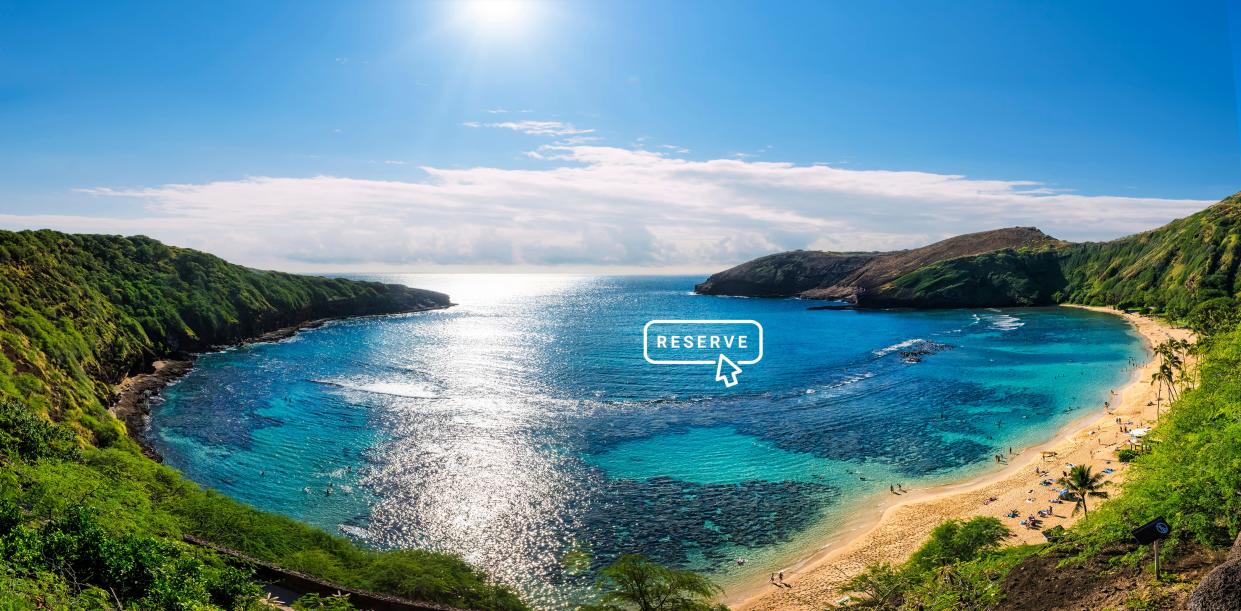
Once through the gates of the sprawling Ho'omaluhia Botanical Garden, your eyes take a minute to adjust to all the shades of green – palm trees with huge, fanning leaves, umbrella-like monkeypod trees, the misty Koolau Range in the background. The sound of bustling Honolulu has faded away to simply birds melodically chirping. Even talking loudly feels wrong.
This place easily lives up to its name of "to make a place of peace" in Hawaiian.
With trails leading to vantage points of the island, a serene reservoir and several camping sites, Ho'omaluhia Botanical Garden is one of the most popular attractions on Oahu and possibly the next one to require paying a fee and booking a time slot in order to visit. In just July, nearly 1 million visitors arrived in Hawaii.
The 400-acre garden has experienced a threefold increase in visitors over the pandemic. In 2019, there were about 200,000 visitors; in 2021, there were 600,000.
Now that pre-pandemic travel is making its return, the islands are looking to implement more reservation systems at popular attractions, like landmarks and beach parks, to reduce and spread out visitors throughout the day and prioritize the local community.
Timing when to jump online to snag a coveted time slot in order to build out your itinerary with must-do activities – sometimes they sell out in minutes – might just be the future for Hawaii's travelers.
"Reservation systems have been able to help us find that balance between recreational and conservational needs," Nathan Serota, spokesperson for the Honolulu Department of Parks & Recreation, told USA TODAY.
County departments like Serota's work in tandem with the state's Department of Land and Natural Resources, which manages state parks and monuments.
Was your favorite hidden vacation spot overexposed? Blame social media and pent-up demand
Don't be that tourist: Here's how to respectfully visit Hawaii, have an authentic trip
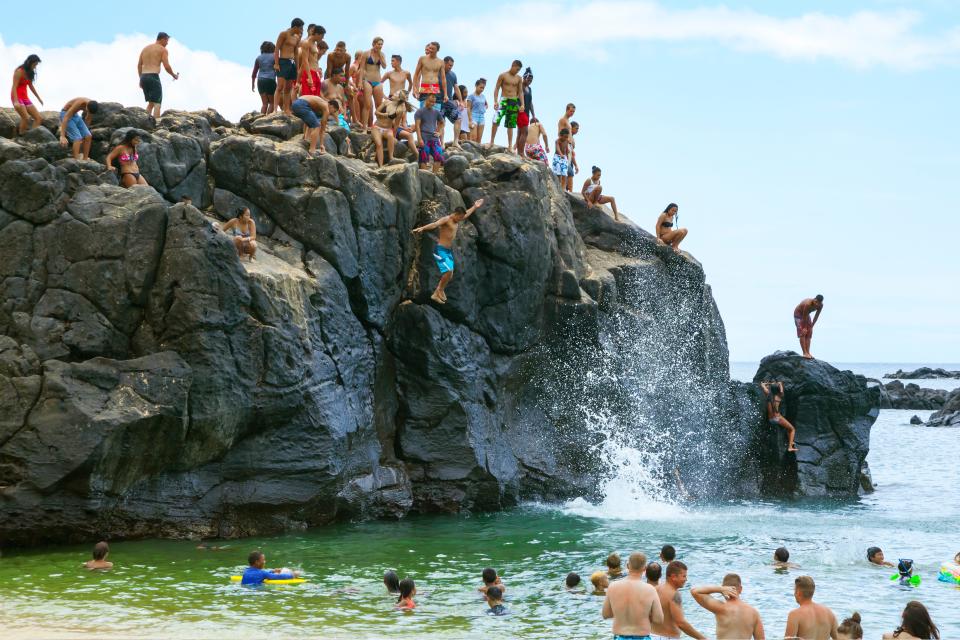
What is at stake without more management?
The Hawaiian Tourism Authority launched management plans for each county to "rebuild, redesign and reset tourism's direction" over the next three years, acknowledging its importance to the islands' economy and also the need for change.
One problem identified in the Oahu plan was "hotspots" that caused "intrusion into residential neighborhoods, inadequate maintenance and enforcement, inconsistencies in park policies and reservation systems, and lack of/or poor infrastructure in parks, beaches, and bathrooms" as well as competition for access for residents.
Some locals support the reservation systems, like Jensen Lau, who was born and raised in Oahu. He said the reservation systems are a "great way to help manage tourists and alleviate any foot traffic at the attractions."
"I also think that it’s fair to have this system because visitors have all this free time on vacation to book a reservation, so they are more flexible, whereas locals have other priorities to attend to like their job, family, etc., so their flexibility is not the same as people visiting Hawaii," he said.
"There's a certain capacity that places can take before they start getting degraded," Ilihia Gionson, Public Affairs Officer at HTA, told USA TODAY. "I think we have some very unique natural resources that need that level of protection."
Part of that increase is due to social media and travel blogs and websites, said Serota.
Besides straining the infrastructure of the gardens and programming, the high number of visitors is also upsetting locals who live in the quiet, residential neighborhood surrounding the garden – a common characteristic for many attractions in Hawaii.
The garden is open 24 hours every day except for New Year's and Christmas, but on-site parking closes at 4 p.m. People can park in the neighborhood and walk in, causing noise and other disturbances to the residents.
The road leading into the gardens has been a popular background for people's social media posts. Driving up on Wednesday, the road is lined with signs telling people not to stop and take photos and cones, effectively photobombing. A security guard said they've been there "for a while" now.
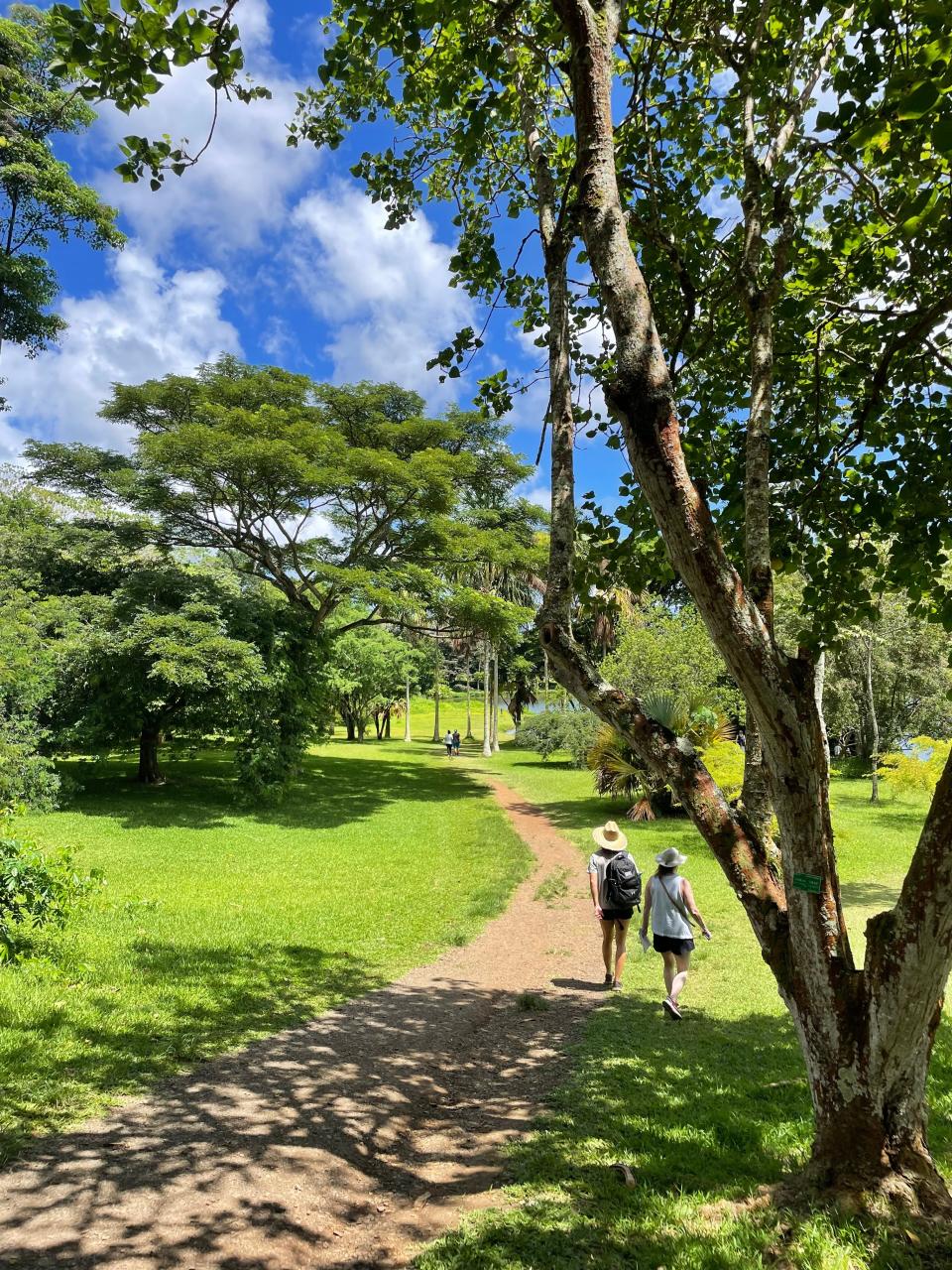
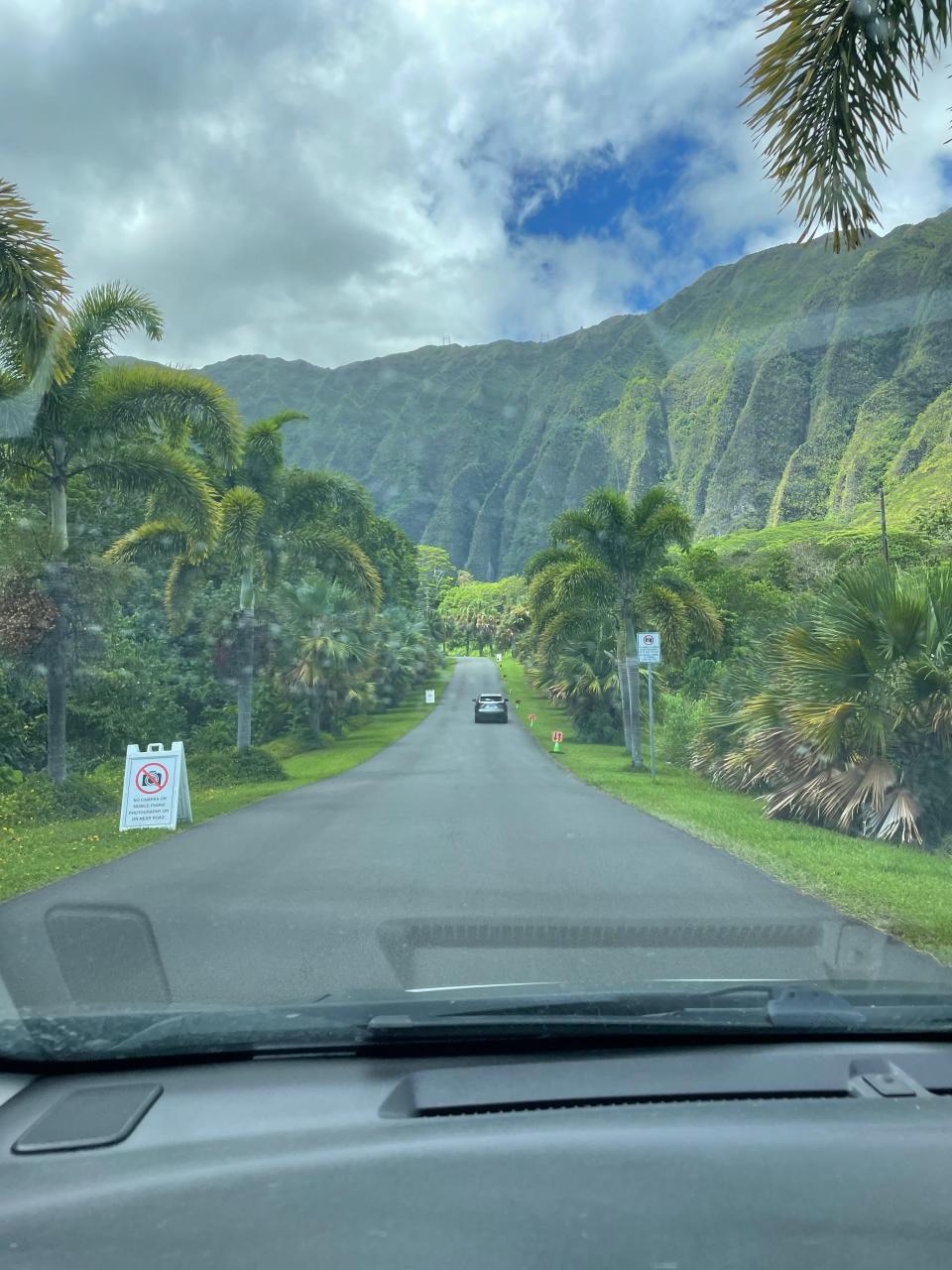
The reservation system at the garden would likely include a fee for nonlocals but no fee for Hawaii residents with valid identification, Serota said. Since it has to pass through City Council and it needs to be determined where the profits will go, "it would still be some time" until one could even be implemented, he added.
On Wednesday, Brent Long from Michigan was visiting the garden, which he heard about from his moped rental place. He said he was "surprised it was free" to enter since he's encountered reservation systems at similar attractions on other trips and added how "it does kind of suck" to pay, but he would understand if it "generated revenue."
A couple from Israel said they were recommended to visit the garden by friends and didn't like the idea of having to plan and book reservations.
A balancing act
"It's about finding that balance of having a vibrant tourism economy and maintaining natural beauty," Serota said.
Not all parks are not conducive to reservation systems, Serota said. For instance, Ala Moana Beach Park on Oahu's south shore has multiple entrances, which would be difficult to manage. "We have to pick and choose which areas really need this reservation system," Serota said.
It has worked out well for the popular snorkeling spot, Hanauma Bay, which has only one way to get in and out. When the pandemic significantly slowed tourism down in Hawaii, it offered a rare chance to see what tourist hotspots looked like without heavy human traffic and activity. It took only a few months before scientists noticed clearer water, more fish and coral growth.
In April 2021, a reservation system was launched for people wanting to visit the bay along with a capacity limit and an extra day of closure. People could go online at 7 a.m. to book an entry time 48 hours in advance and pay $25 plus service fees. (Although locals don't need to pay, they do need a reservation if they want to enter after 9 a.m.) Entry time slots are for every 10 minutes starting from 7 a.m. to 1:20 p.m. five days a week.
Mike Belanger visited Oahu in August from Georgia and had Hanauma Bay on his "must-see list." He did a practice run the day before on the website and scored a reservation the first time he tried.
"I like the idea of managing the heavily used resources," he said. "I'm not a fan of crowds, parking issues, etc. I tend to be a planner, not months in advance, but at least a few days. So the two-day advance reservations for Hanauma was ideal."
Belanger is concerned that reservation systems will "ironically" draw attention to already crowded spots, with people thinking "if they are booked up, they must be good."
Serota said that fees collected by Hanauma Bay's reservation system goes into a special fund that "goes directly toward the maintenance" of the bay.
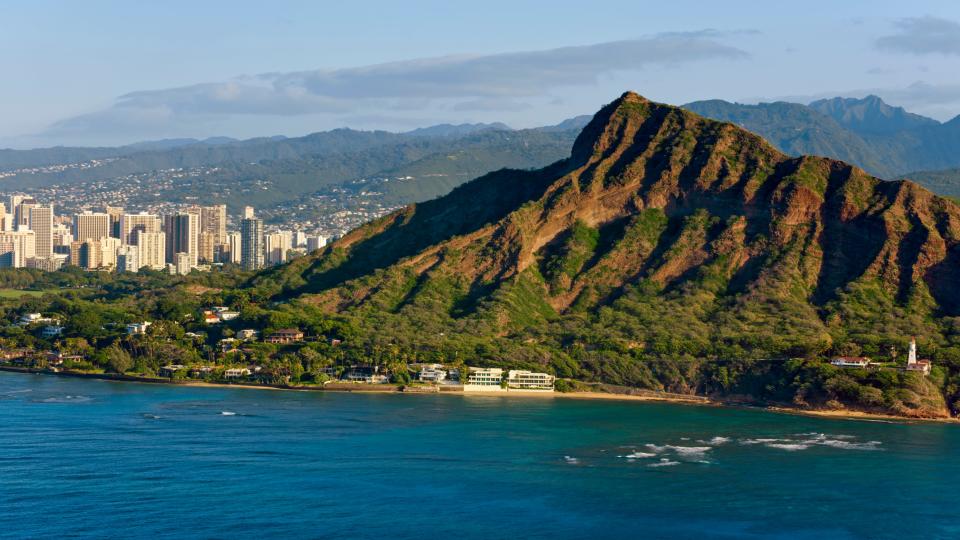
A statewide mission
Such reservation systems have been used in places around the world like Machu Picchu but are fairly new in Hawaii. The first was introduced in 2019 at Haena State Park on Kauai after renovations there were completed. Since then, two more state parks have added systems for nonlocals: Waianapanapa State Park on Maui and most recently in May, Diamond Head State Monument on Oahu.

In an April statement about Diamond Head, Gov. David Ige said, “The reservation system is an important part of the destination management action plan. We want to reduce the impact of visitors and really ensure that our residents have access to these desirable places." Nonlocals who want to hike Diamond Head can make a reservation 14 days in advance.
Already, the state has been seeing improvements in visitor experience. "Combined with limiting the number of visitors at any point in time, this has resulted in less crowding, less traffic, less frustration," Alan Carpenter, Assistant Administrator for Hawaii State Parks, told USA TODAY.
"At Diamond Head State Monument, our busiest park, there used to be lines with half hour wait times just to buy entry tickets, followed by a crowded hike and further wait times to get coveted summit views," he said. "The experience is now far more serene as a result of assigned entry times and visitation numbers spread throughout the day – as opposed to overflowing parking lots, constant vehicle turnarounds, and peak periods so crowded it was an unpleasant experience for all."
This article originally appeared on USA TODAY: Hawaii travel: Diamond Head, Hanauma Bay, booking reservations

